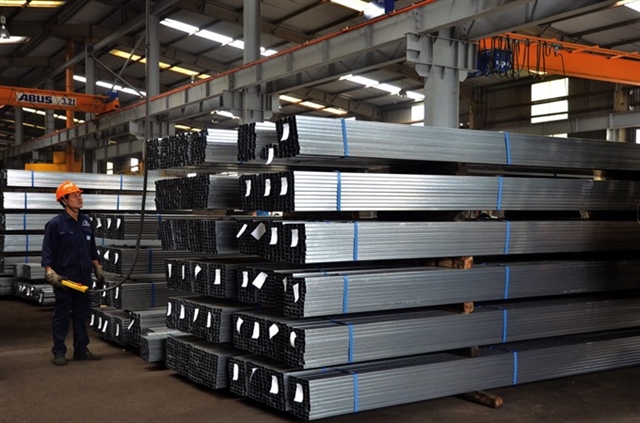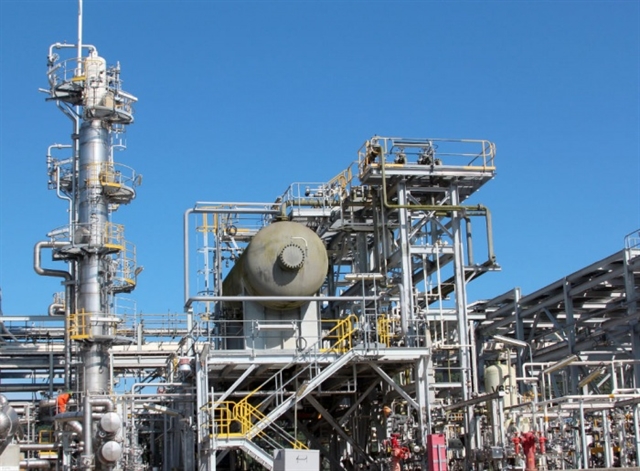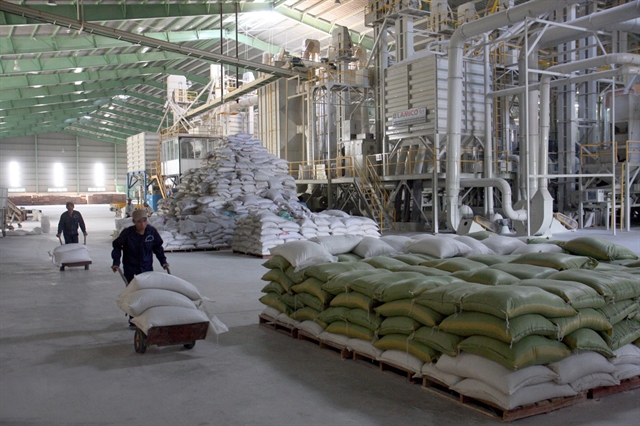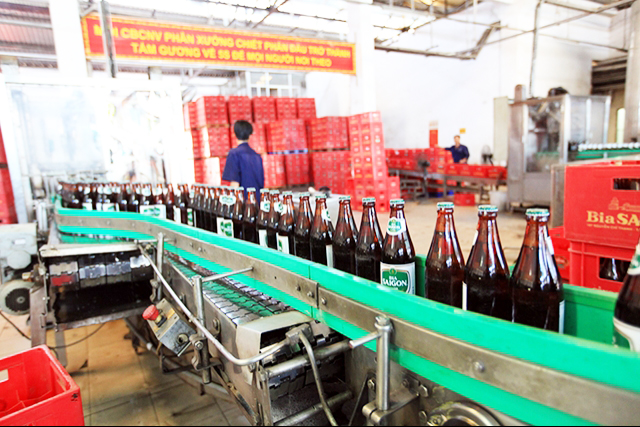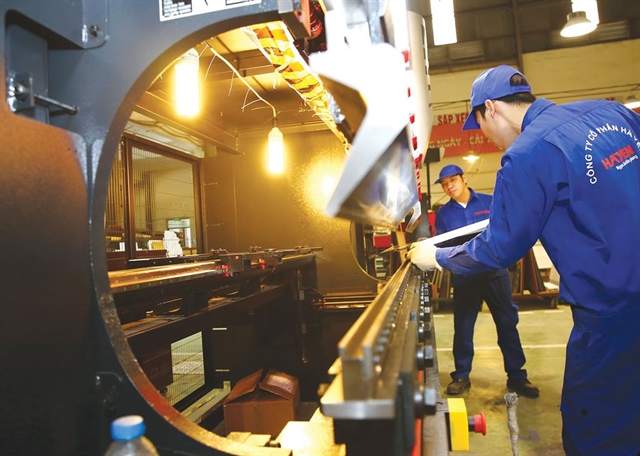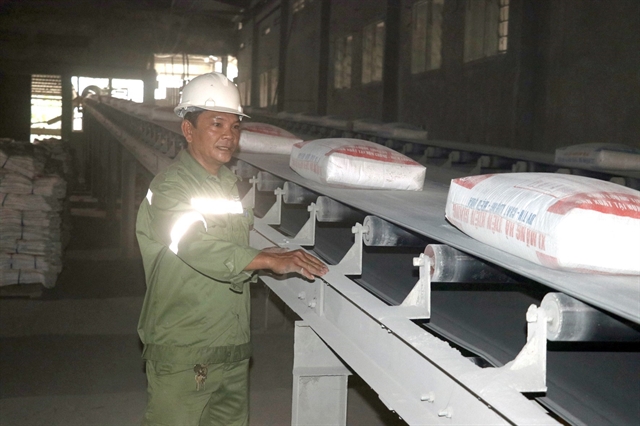
By Thiên Lý
In the first eight months of the year, cement companies exported more than 23.5 million tonnes of cement and clinker, an increase of 13.7 per cent year-on-year.
The biggest importers were still China with 12.6 million tonnes, the Philippines with nearly 4.5 million tonnes and Bangladesh with over 1.7 million tonnes.
Of Việt Nam’s exports, clinker accounts for 70 per cent and cement for 30 per cent. Clinker, the residue formed by high-temperature burning of coal or similar materials, plays an important role in the composition of cement and contributes to the properties of cement in various ways.
Last year the industry exported 34 million tonnes, of which cement accounted for only 11.4 million tonnes.
Clinker is usually $10-17 cheaper than cement.
Việt Nam exported clinker at $38 per tonne and cement for $45 last year. On the other hand Thailand exports cement for around $65 and Indonesia and the Philippines for over $100.
The export tariff on cement has been abolished and exporters also get value added tax refunded. Electricity is sold to cement enterprises at much lower than market prices.
Some experts said that the current export cement prices were lower than the domestic cement rates.
Thus, Việt Nam effectively provides subsidies for buyers of its cement.
Industry insiders however disagreed with this. They said that the export price should not be compared with selling prices in the local market because the export price is the wholesale price, while the price of cement being sold on the local market is the retail price which also includes cost of transport and cost to operate the distribution system as well.
They insist that despite low or no profits cement exports remain critical since this year production has been rising while domestic demand is sluggish.
The Việt Nam Cement Association said two new cement plants would go on stream this year in the central provinces of Nghệ An (2-2.5 million tonnes annual capacity) and Thanh Hóa (4.6 million tonnes).
They will take production capacity to more than 100 million tonnes a year, while demand is only 70 million tonnes or less.
Domestic sales are expected to remain sluggish this year since infrastructure works have stalled and the property market has slowed down due to the Covid-19 pandemic.
A senior official from the association said cement is a dense and heavy product, and so selling it near the site of production rather than far away would be the most efficient.
But while many cement producers do prefer to sell in the local market, some practical issues force them to export.
For instance, in Việt Nam, the dry season is the construction season and demand plummets during the monsoon months, and producers have no choice but to export to keep their inventories at reasonable levels.
They cannot stop production either since most have loans to service, the official said.
Exports not only help cement firms reduce inventories but also bring in foreign currency and increase the efficiency of their investments, he added.
However, many analysts spoke out against exporting cement, saying it is not encouraged by many countries because it leads to overexploitation of natural resources which cannot be replenished by natural processes.
Cement brings little value addition and its production requires large volumes of coal, which Việt Nam has to import.
In 2018 Việt Nam exported 31.6 million tonnes of cement and clinker and imported 21.4 million tonnes of coal.
Last year they rose to 34 million tonnes and a whopping 43.5 million tonnes.
Experts admitted that considering the current domestic demand cement exports are imperative for the industry’s stability, but export prices needs to be renegotiated.
They however stressed the need to reduce the export of raw materials like clinker, which do not add any value.
Investors take liking to renewable energy bonds
Data from the Hà Nội Stock Exchange, Finnpro and Techcombank Securities Company shows that corporate bonds worth VNĐ171 trillion were successfully issued in the third quarter of the year.
Renewable energy firms accounted for 4 per cent, but notably their success ratio was 92 per cent, higher than the 88 per cent for other sectors.
Trungnam Group, for instance, raised VNĐ4.5 trillion from bonds carrying a coupon rate of 10.5 per cent.
Hồng Phong 2 Energy Joint Stock Company completed a VNĐ1.6 trillion issue with 10 per cent interest and tenor of six years.
Ea Súp Power Joint Stock Company raised VNĐ1.4 trillion at 11.3 per cent interest.
Why are bonds issued by renewable energy so attractive to investors?
In recent years the Government has rolled out many policies to encourage investment in renewable energy such as solar and wind, including attractive purchase prices for electricity ranging between 7.09 and 9.35 cents per kilowatt-hour.
They also get tax incentives like waiver of corporate income tax for the first four years of operation, and a 50 per cent reduction for the next nine.
Thus they have steady cash flows, low maintenance and operational costs and high efficiency, all of which ensure their bonds have low risk.
Banks are usually the main buyers of corporate bonds, but thanks to their many advantages, clean energy companies are attracting many investors from outside the banking sector.
Analysts warned however that though clean energy bonds might be low risk, investors still need to do due diligence since all companies are not the same. — VNS

